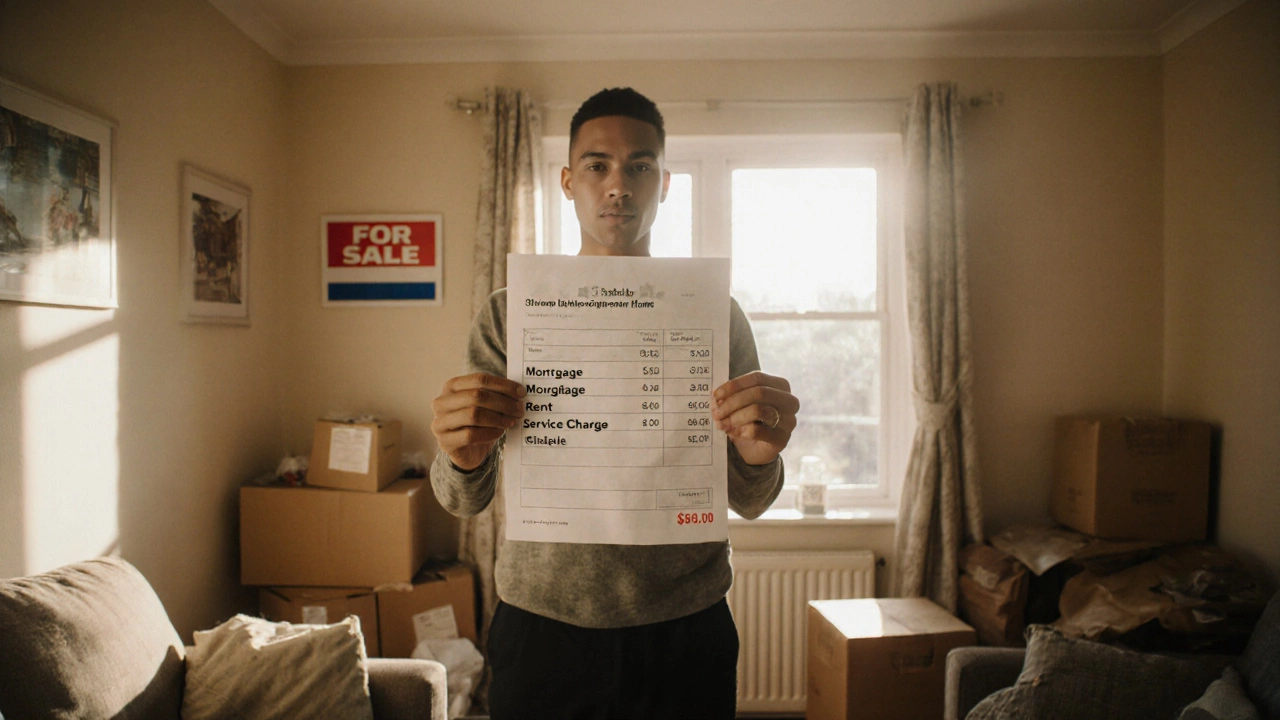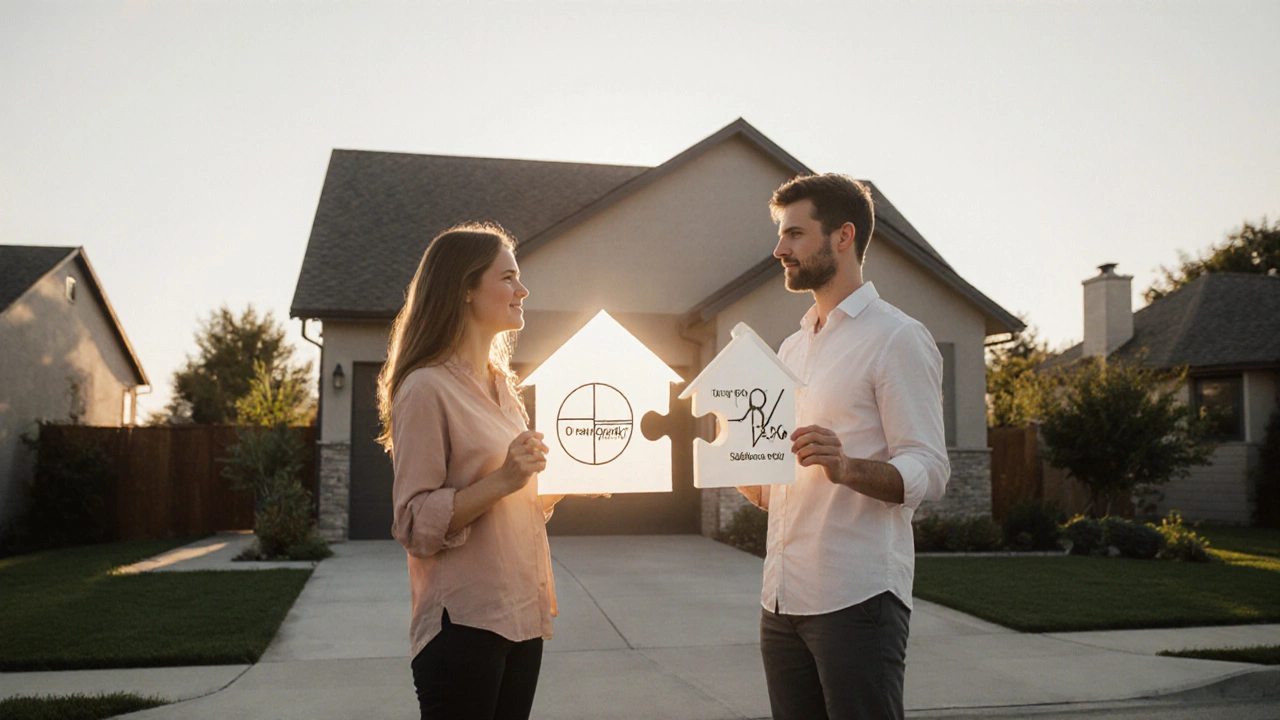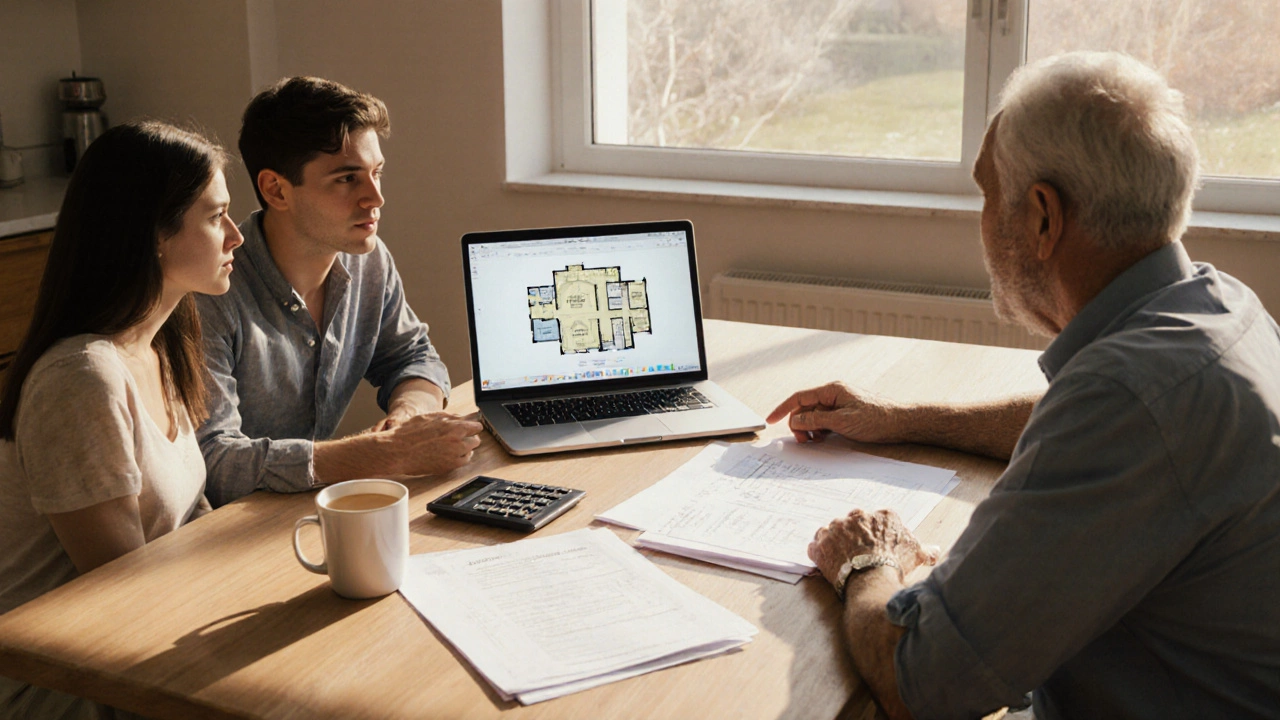Shared Ownership: Real Tips to Make It Work
Thinking about buying a home but can’t swing a full‑price mortgage? Shared ownership might be the answer. It lets you buy a portion of a property—usually 25% to 75%—and pay rent on the rest. The idea sounds simple, but the day‑to‑day reality can get messy if you don’t plan ahead. Below are the steps that turn a shared house into a smooth‑running home.
Choose the Right Co‑Owner
First thing’s first: pick a partner you trust. Whether it’s a friend, sibling, or a co‑buyer you met through a housing scheme, you need shared values around money, cleanliness, and long‑term goals. Sit down and ask questions like, “How long do you intend to stay?” and “What’s your budget for repairs?” Write down the answers; later you’ll refer back to them when drafting your legal agreement.
Don’t rely on gut feelings alone—run a basic credit check. Most lenders will do this, but you can also ask for a copy of their recent credit report. If one party has a shaky credit history, you may need to adjust each person’s share or set up a contingency fund.
Lock Down the Legal Details
Shared ownership isn’t just a handshake. Get a solicitor who knows about co‑ownership agreements. The contract should cover:
- Each party’s percentage stake.
- How rent on the unsold share is calculated.
- Who pays for utilities, council tax, and maintenance.
- What happens if one owner wants to sell their share.
- Procedures for adding or removing owners.
Having these points in writing stops arguments down the line.
Also, check the mortgage terms. Some lenders require all owners to be on the loan, while others allow a single name on the mortgage with the others listed as beneficiaries. Choose the option that matches your income mix and future plans.
Now, let’s talk money. Split the upfront costs—deposit, legal fees, and stamp duty—proportionally to each person’s share. Open a joint account for recurring expenses like rent on the remaining share, water bills, and a maintenance pot. Aim to keep at least 5% of the property’s value in that pot; it will cover everything from a leaky tap to a broken boiler.
When you move in, set clear house rules. Decide on quiet hours, guest limits, and how chores rotate. A simple spreadsheet can track who does what each week, and a quick group chat can remind everyone of upcoming tasks.
Finally, think about the future. Most shared ownership schemes let you “staircase”—buy more of the property over time. Plan when you might increase your share, and discuss how you’ll fund it. If one person can’t afford to buy more, the other should have the option to take over the extra percentage.
Shared ownership can be a smart way to step onto the property ladder, but it works only when both owners are on the same page. By choosing a reliable partner, sealing the deal with a solid legal contract, and keeping finances transparent, you’ll turn a joint purchase into a stable, affordable home.











